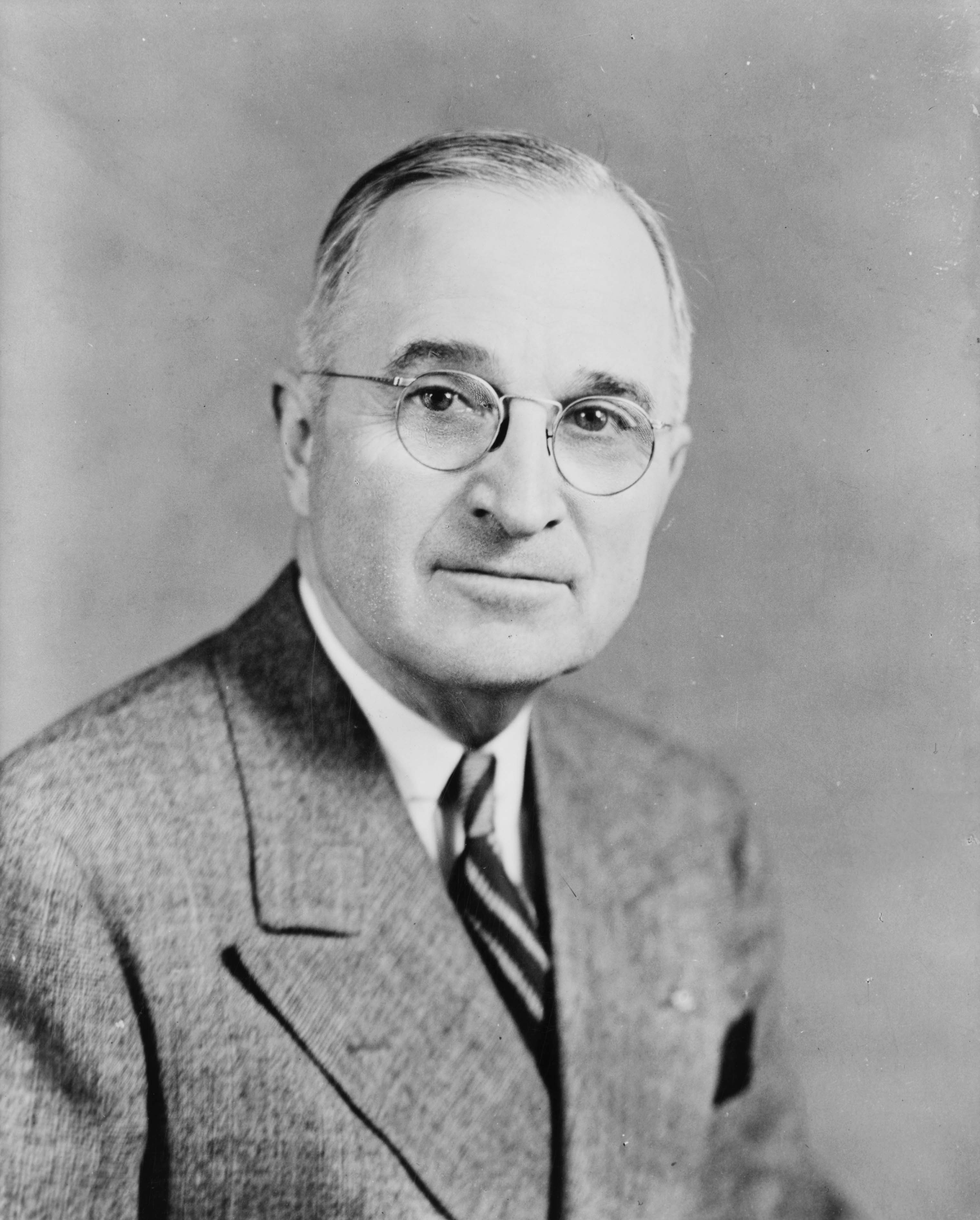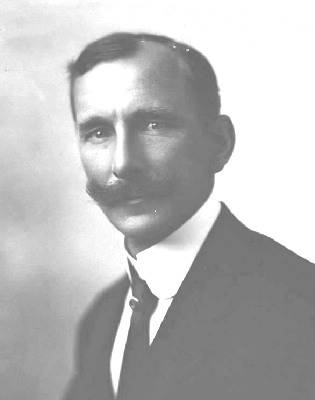 |
| Frank B. Kellogg |
The Kellogg-Briand Peace Pact, also known as the Pact of Paris, was negotiated by Frank B. Kellogg, President Coolidge's Secretary of State, along with the French foreign minister. The pact made war illegal as a national policy, unless it was in defense (if a country was attacked), and was ratified by 62 nations. Kellogg won a Nobel Peace Prize for his role in negotiating the pact, although it was unrealistic to carry out, since wars could happen without being declared as wars (ex. "invasions").
 |
| President Woodrow Wilson, who negotiated the Treaty of Versailles |
The pact is similar to the Treaty of Versailles, since like the Treaty of Versailles was useless in preventing World War II, since hatred between the countries involved continued, the Kellogg-Briand Peace Pact was useless in preventing future wars, since people easily got around the pact, by manipulating situations to make it seem like they were being attacked (so the war was defensive), or calling them "invasions," as mentioned before. Basically, the Treaty of Versailles and the peace pact had the same effect, but the effect was more specific for the Treaty of Versailles, since it was useless in preventing a specific war (World War II), while the pact was useless in preventing several future "wars," even if they weren't called wars.







